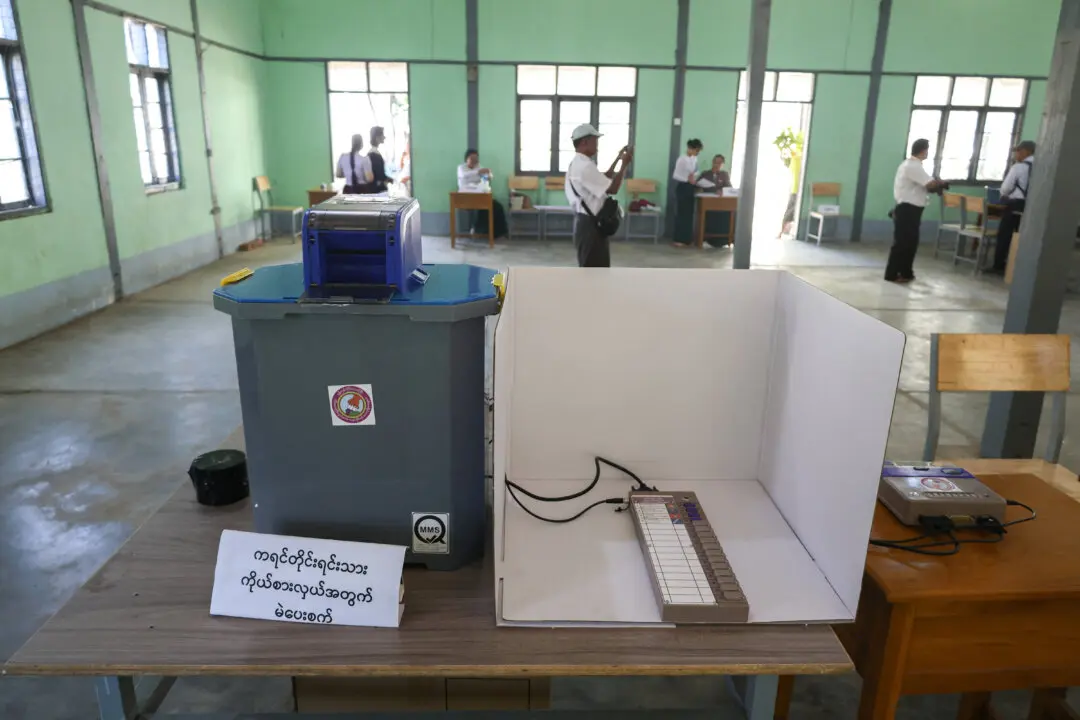WASHINGTON—U.S. services sector activity accelerated in August and private employers boosted hiring, suggesting the economy continued to grow at a moderate pace despite trade tensions which have stoked financial market fears of a recession.
The upbeat reports on Thursday, Sept. 5, came on the heels of data this week showing the manufacturing sector contracted for the first time in August as the trade war between the United States and China intensified.





